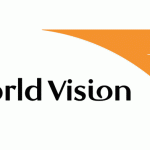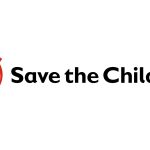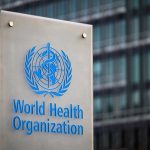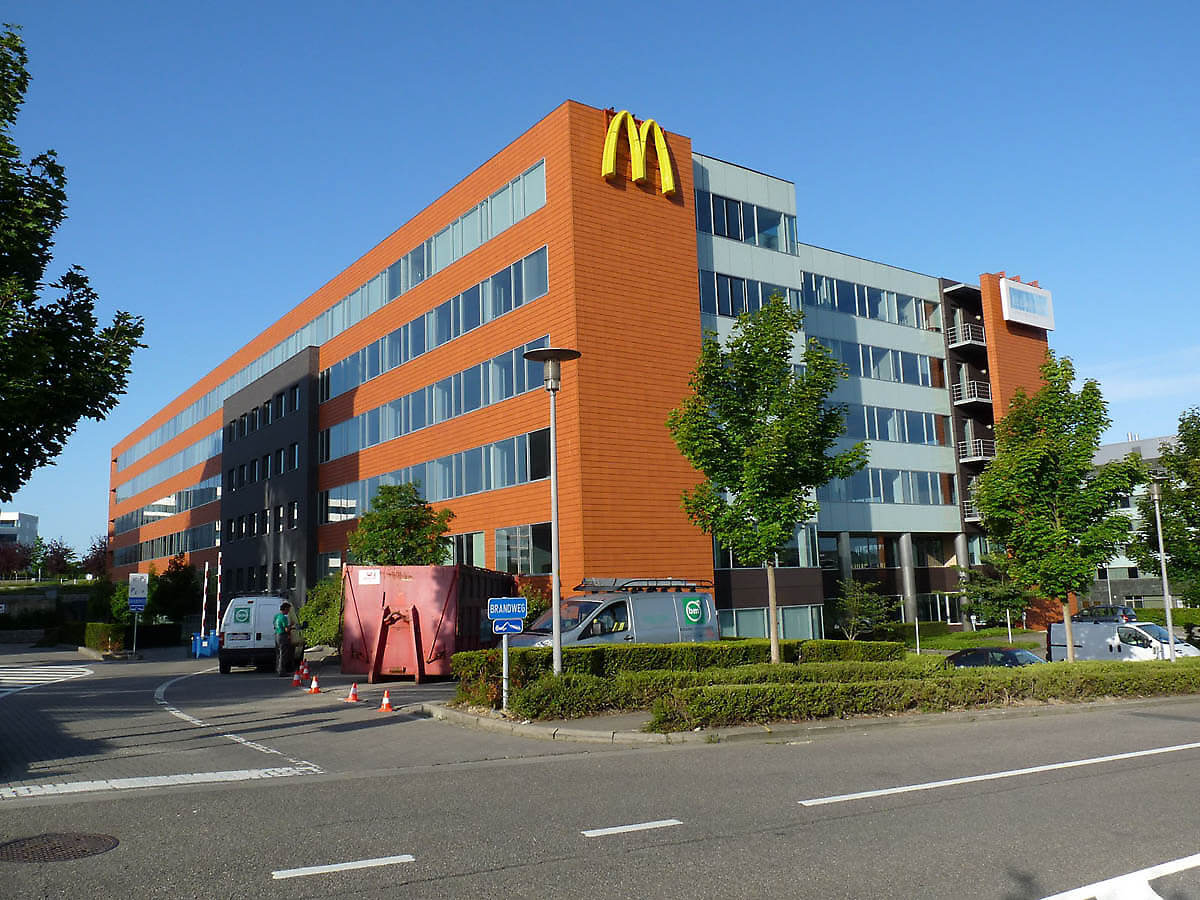The World Food Program Mission and Vision Statement Analysis
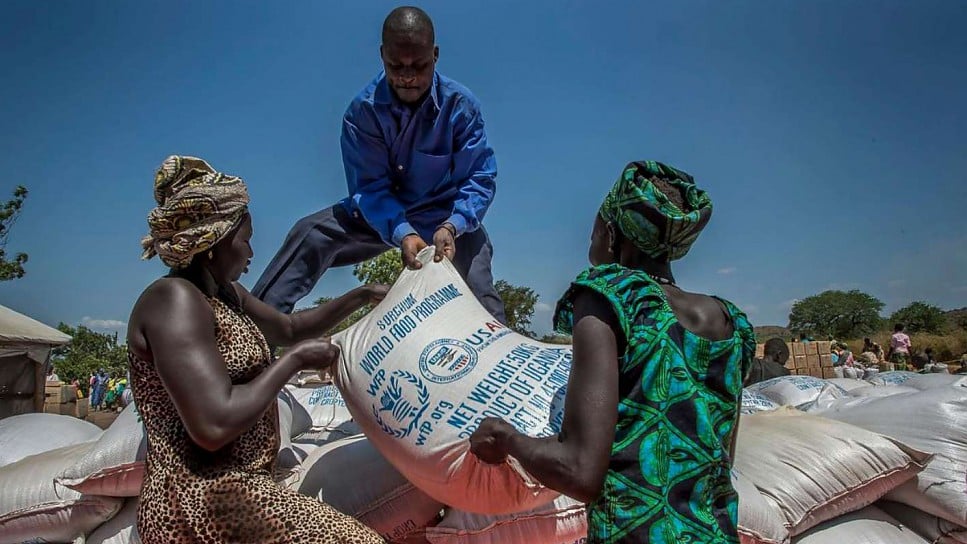
The World Food Program (WFP) is a humanitarian organization that works to alleviate hunger and promote food security worldwide. Established in 1961, the WFP provides emergency food assistance in crisis situations, as well as longer-term support for communities to build resilience and improve their food systems. The organization operates in more than 80 countries, and its efforts are funded by governments, private donors, and partnerships with other organizations.
World Food Program Mission Statement
World Food Program’s mission statement sounds as follows: “The World Food Programme (WFP) is the leading humanitarian organization saving lives and changing lives, delivering food assistance in emergencies and working with communities to improve nutrition and build resilience.”
The mission statement of the World Food Program (WFP) can be broken down into several key components:
- Firstly, the statement describes the WFP as a humanitarian organization that is focused on saving lives and changing lives. This implies that the WFP is primarily concerned with addressing critical humanitarian needs and improving the overall well-being of individuals and communities.
- Secondly, the statement emphasizes the WFP’s role in delivering food assistance in emergencies. This suggests that the organization is committed to providing essential aid to people in crisis situations, such as those affected by natural disasters, conflict, or other emergencies.
- Thirdly, the statement highlights the WFP’s work with communities to improve nutrition and build resilience. This indicates that the organization takes a long-term approach to addressing food insecurity and is focused on empowering communities to become more self-sufficient and resilient in the face of challenges.
Shortly, the WFP’s mission statement communicates a clear and compelling vision for the organization’s work, emphasizing its commitment to saving lives, delivering aid in emergencies, and building sustainable solutions to food insecurity.
World Food Program Vision Statement
As stated on their website, the vision for 2030 underlying WFP’s strategic plan is that:
• the world has eradicated food insecurity and malnutrition (SDG 2 – Zero Hunger)
• national and global actors have achieved the SDGs (SDG 17 – Partnerships for the Goals).
The Strategic Plan emphasizes the inter-connectedness of the SDGs, highlighting that WFP’s activities also contribute towards and depend on other Goals.
The vision for 2030 underlying the World Food Program’s (WFP) strategic plan is centered around two key Sustainable Development Goals (SDGs): Zero Hunger (SDG 2) and Partnerships for the Goals (SDG 17).
The first component of the vision, eradicating food insecurity and malnutrition, is aligned with SDG 2, which aims to end hunger, achieve food security and improved nutrition, and promote sustainable agriculture. This implies that the WFP’s ultimate goal is to help create a world where everyone has access to sufficient, nutritious food and where hunger and malnutrition are no longer major issues.
The second component of the vision, achieving the SDGs through partnerships, highlights the interconnectedness of the SDGs and the importance of collaborative efforts to achieve them. This suggests that the WFP recognizes the need for broad-based partnerships with governments, other humanitarian organizations, and the private sector to achieve sustainable development goals.
Overall, the WFP’s strategic plan emphasizes the interconnected nature of the SDGs and the importance of collaboration in achieving them. It also underscores the central role that the WFP plays in addressing food insecurity and malnutrition and its commitment to eradicating these issues by 2030.
World Food Program Core Values
World Food Program’s core values sound as follows: “Collaborative, Accountable, Respectful, Inclusive, and Optimistic.” These values are a set of guiding principles that define the organization’s culture and approach to its work. Let’s take a closer look at what they mean:
- Collaborative – We are all one team.
The first value, collaborative, reflects the importance of teamwork and cooperation within the organization. This implies that the WFP encourages collaboration across teams, departments, and regions to achieve its goals.
- Accountable – We own our work.
This emphasizes the importance of taking ownership and responsibility for one’s work. This suggests that the WFP values a strong work ethic and a commitment to delivering results.
- Respectful – We are kind to each other.
This value highlights the importance of treating others with kindness and empathy. This implies that the WFP values a culture of inclusivity and respect, where individuals feel valued and supported.
- Inclusive – We champion diversity.
It reflects the importance of diversity and inclusion within the organization. This suggests that the WFP values diversity in all its forms, including race, gender, ethnicity, religion, and culture.
- Optimistic – We have a “make it happen” attitude.
The fifth value, optimistic, reflects the WFP’s positive outlook and “can-do” attitude towards its work. This implies that the organization values perseverance, creativity, and a willingness to take on challenges.
Overall, the WFP’s core values reflect its commitment to teamwork, accountability, respect, inclusivity, and optimism and its recognition of the importance of these values in achieving its mission to end hunger and promote food security around the world.
World Food Program Mission Statement History
Here is a grouping outline of the World Food Program’s mission statement history, organized by year from newest to oldest:
- 2017 to Present
“The World Food Programme is the leading humanitarian organization saving lives and changing lives, delivering food assistance in emergencies and working with communities to improve nutrition and build resilience.”
- 2008 to 2016
“WFP is the world’s largest humanitarian agency fighting hunger worldwide. Each year, on average, WFP feeds more than 90 million people in more than 80 countries.”
- 1996 to 2007
“WFP is the food aid arm of the United Nations system. Food aid is one of the many instruments that can help to promote food security, which is defined as access of all people at all times to the food needed for an active and healthy life.”
- 1963 to 1995
“The World Food Programme is an international food assistance organization created in 1961 by the United Nations and the Food and Agriculture Organization. The WFP’s mandate is to fight world hunger and malnutrition, with the ultimate goal of eliminating the need for food aid itself.”
The evolution of the WFP’s mission statement over time highlights the organization’s changing focus and approach to addressing food insecurity and malnutrition around the world. While the core goal of ending hunger has remained constant, the emphasis on emergency response, community engagement, and sustainable solutions has become increasingly central to the organization’s mission over time.
The Bottom Line
The World Food Program is a leading humanitarian organization that is committed to addressing food insecurity and malnutrition around the world. Its mission is to save and change lives by providing food assistance in emergencies and working with communities to improve nutrition and build resilience. The WFP’s core values of collaboration, accountability, respect, inclusivity, and optimism guide its approach to addressing food insecurity and malnutrition.
The organization’s strategic plan is aligned with the Sustainable Development Goals and emphasizes the importance of inter-connectedness and collaboration in achieving these goals.
The WFP’s mission statement has evolved over time to reflect its changing focus and approach to addressing hunger and malnutrition, but its core goal of ending hunger remains central to its mission. Overall, the WFP’s work is critical in promoting food security and helping to build a more sustainable and equitable world for all.

